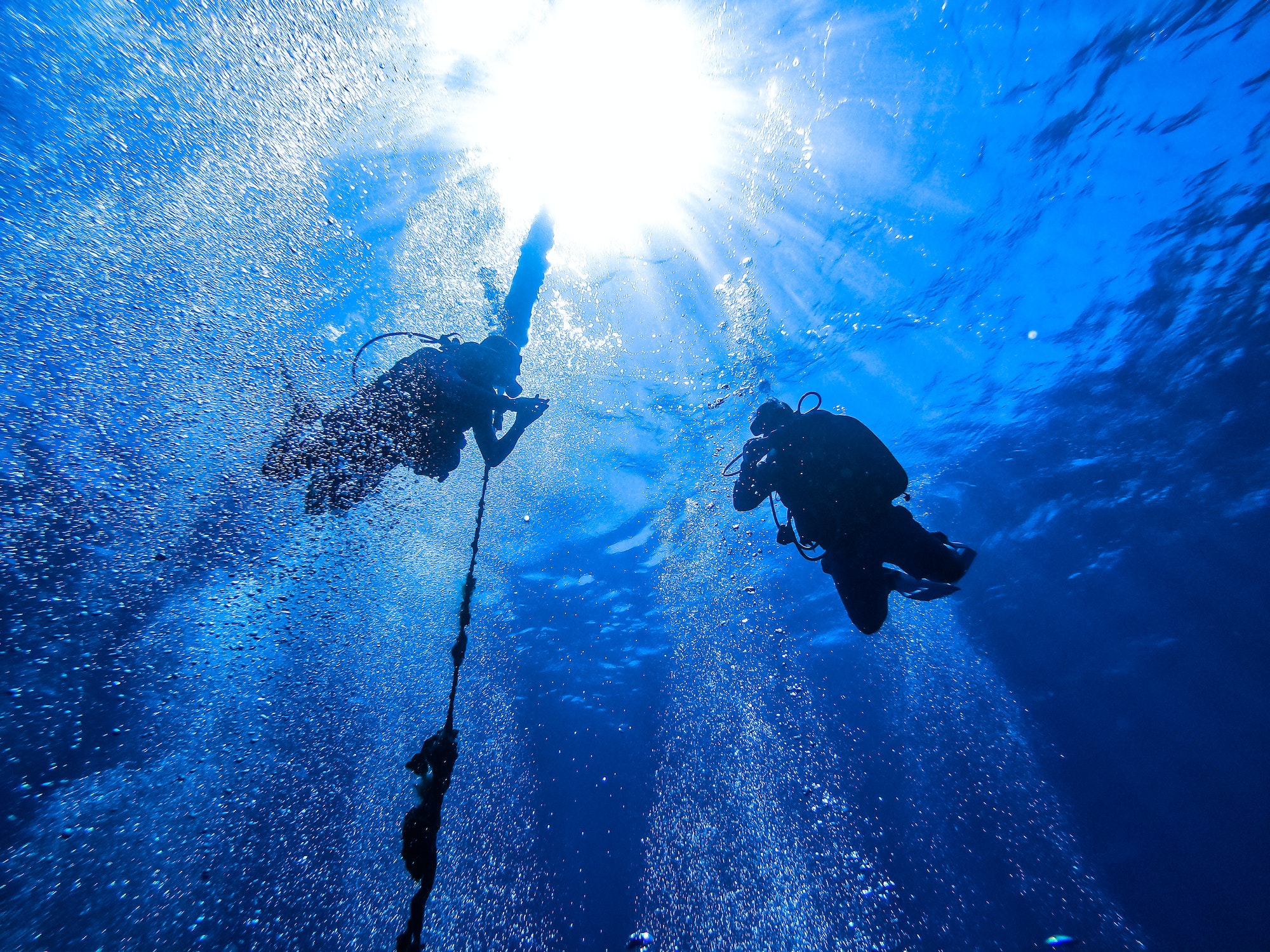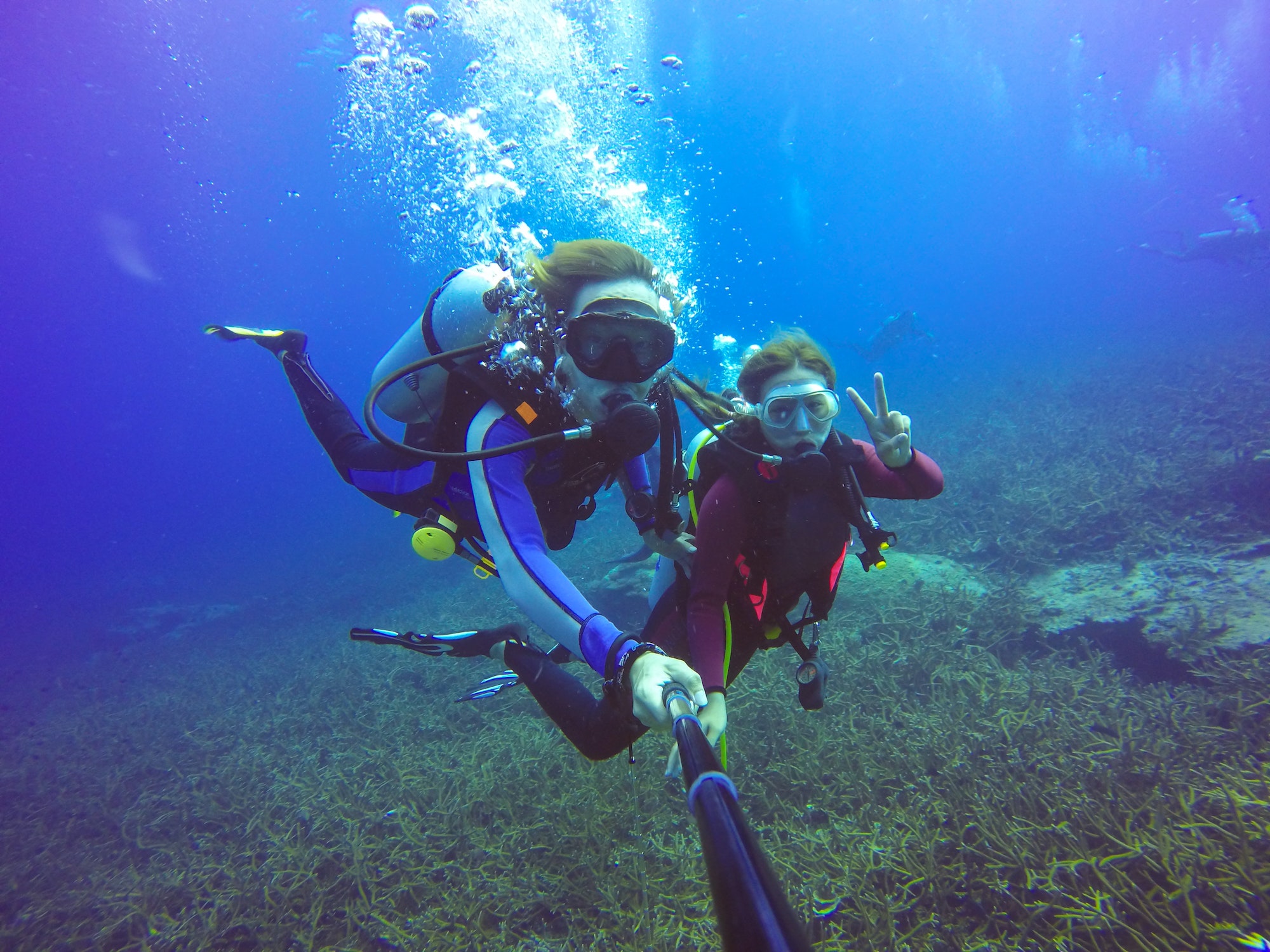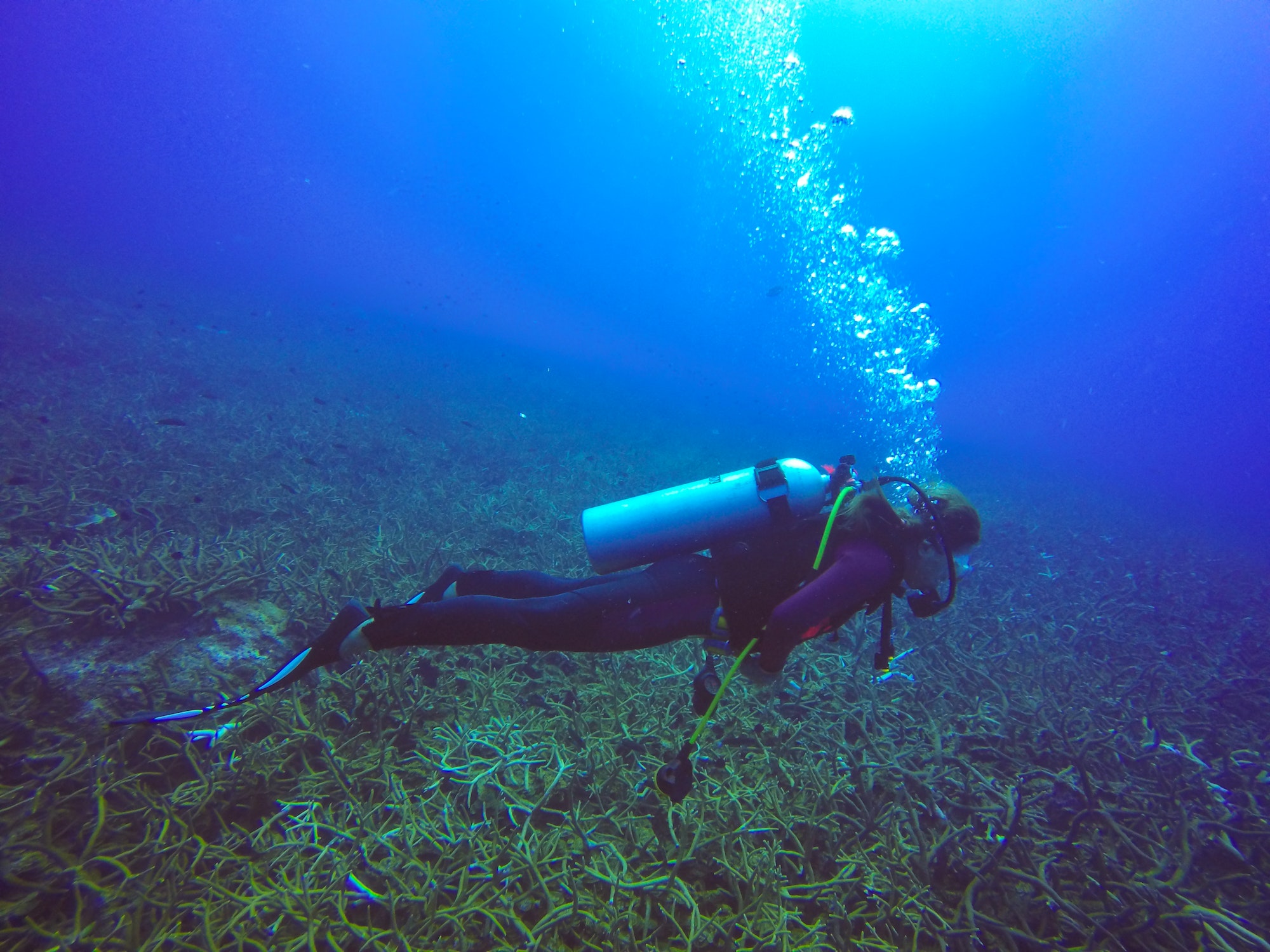Tips For Safe Scuba Diving
Whether you are new to scuba diving or an experienced diver, there are some essential tips that can help you have a safe and enjoyable dive. These tips include knowing the warning signs of decompression sickness and taking proper safety precautions. Also, you will need to make sure you have the appropriate equipment for your dive.
Equipment needed
Whether you are a first time scuba diver or an experienced one, you will need to equip yourself with the right equipment. Scuba diving is not cheap, and the cost of equipment can add up.
Scuba diving is a very exciting and interesting sport. It is one of the best ways to observe life below the surface of the water. Scuba diving equipment has evolved in recent years to become more efficient and safer.
The most important piece of scuba diving equipment is the air cylinder. An air tank is usually maintained by a dive shop. The air tank is connected to the mouthpiece by hoses. This air tank can contain several different types of gases. This air can be used to inflate the lungs and keep the diver’s body buoyant.
Safety precautions
Whether you’re a novice or a veteran scuba diver, it’s important to follow safety precautions. There are many different hazards that divers face, and knowing how to deal with them is the first step to safety.
First and foremost, divers should always dive with a buddy. Having a buddy will give divers a much better chance of surviving a diving emergency. In addition to having a buddy, divers should also know how to communicate underwater. This involves hand signals and some form of signaling device.
Another safety measure is to carry a flag. Divers can carry a vhf radio, personal submersible EPIRB, or signaling mirror.
In addition to being a useful safety measure, a flag can also act as a signaling device for other divers. Divers can use it to indicate their direction and the amount of time they plan on spending underwater.
Common scuba diving destinations
Several common scuba diving destinations are well-known. While some locations are simply geographically located, others are categorized as specific types. Some of these sites are popular with both divers and non-divers. Some are only open on request.
There are a number of popular dive sites located in the British Virgin Islands. They are mainly populated with coral reefs. However, they are also populated with fish, making them ideal for beginners. The water temperature is warm, making the diving comfortable.
There are several dive sites on the island of Koh Tachai. These sites include the Koh Tachai Plateau, which has many swim-throughs. This is an excellent place to see whale sharks and leopard sharks. There are also many shark cleaning stations that are home to reef fish that clean the sharks’ mouths.
Nitrogen narcosis
During scuba diving, the partial pressure of nitrogen in the air is increased. This may cause narcosis. Symptoms can include short term memory loss, fatigue, impaired reasoning, confusion, and sleepiness. Narcosis may also affect a diver’s perception of temperature.
Nitrogen narcosis can lead to a variety of diving accidents. It can mimic the symptoms of alcohol intoxication and benzodiazepines. It can also cause a diver to become unconscious. Narcosis may also lead to hypothermia. It can also cause divers to become irrational, making them forget proper diving procedures.
Studies have shown that the onset of nitrogen narcosis symptoms occurs at deeper depths. For instance, a diver may become incapacitated at 90 msw. Narcosis may also lead to unconsciousness, hallucinations, and confusion. Narcosis can also affect a diver’s manual dexterity, concentration, and short term memory.
Symptoms of decompression sickness after scuba diving
Symptoms of decompression sickness can be life-threatening if left untreated. A diver may experience weakness, confusion, fatigue, and joint pain. It can also lead to loss of consciousness, visual disturbances, and partial paralysis.
The first sign of decompression sickness may be a skin rash. This skin rash is an indication that the diver’s body is not adequately decompressed. The rash can appear marbled or blotchy, and may be accompanied by warmth and itching.
A skin rash is a symptom of decompression sickness, because nitrogen bubbles obstruct blood supply to the skin. Nitrogen bubbles form when a diver moves too quickly from deep water to the surface of the water. This rapid decrease in pressure around the body triggers decompression sickness.
The pain associated with decompression sickness is usually dull, and can be felt in several places on the body. The most common places affected are the shoulder and the elbow. Joints may also be affected, including the wrist, hips, and ankles.


